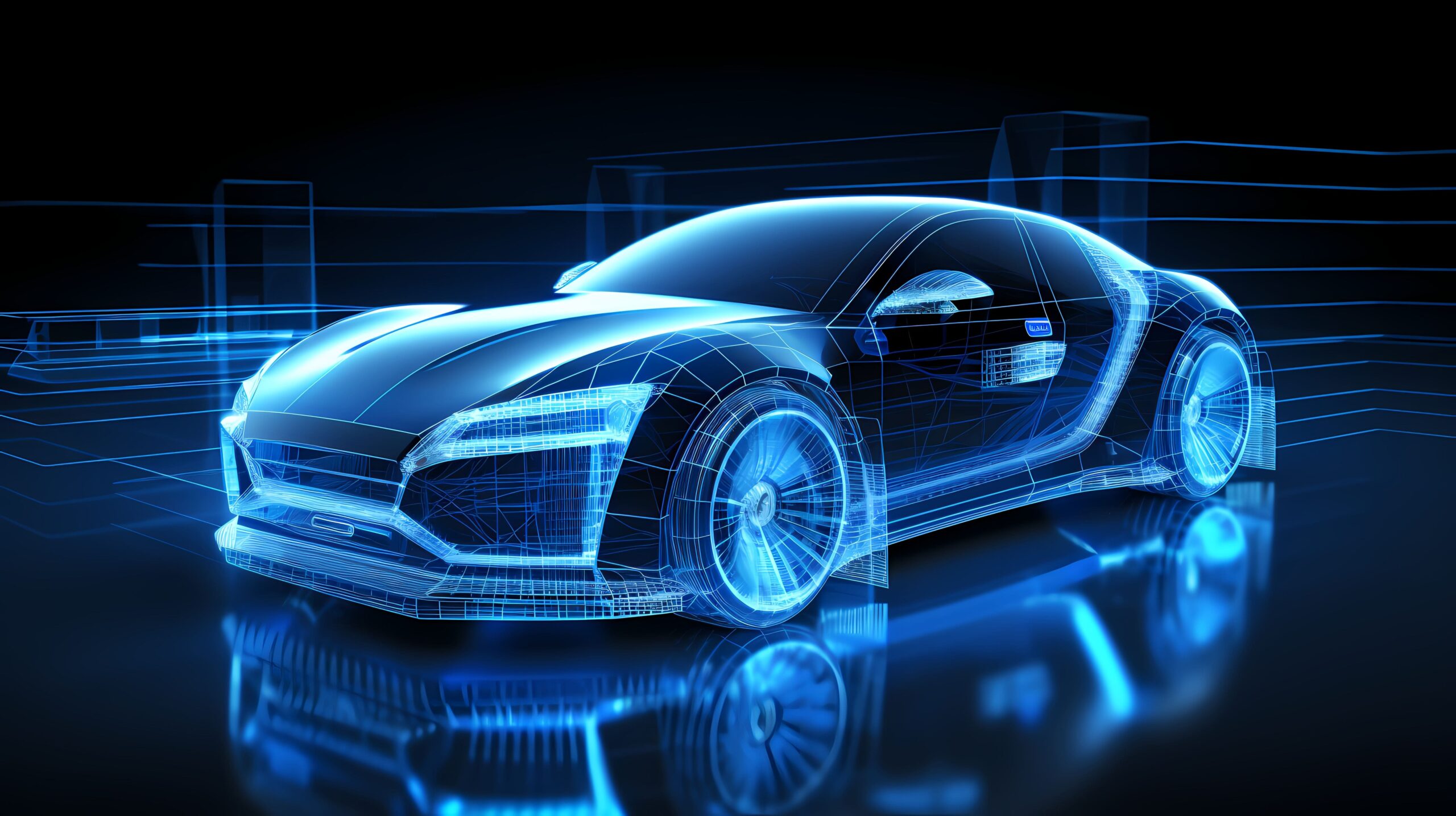Global Market Trends and New Balances
The global automotive industry faces 2024-2025 with exciting and complex challenges. On one side, market competition intensifies with new players and leadership changes; on the other, the push towards sustainability and environmental impact reduction becomes central to all major manufacturers’ strategies. In this article, we’ll focus on market trends and strategies adopted by leading brands, analyze how sustainability is driving industrial choices (from recycled materials to green production), and evaluate the environmental impact of this new generation of vehicles.
The global automotive market is experiencing a realignment in leadership positions and driving geographic areas. After previous years’ difficulties (pandemic, semiconductor crisis), global car sales are recovering, but with
Automotive Registrations in 2024
China remains the world’s largest automotive market with 23.5 million cars sold in 2024, followed by the United States (16 million) and Europe as a whole (12 million units) as the main sales markets. India records about 4.8 million registrations, surpassing Japan (4.3 million) and confirming itself as an emerging market with enormous potential. Other significant countries include Brazil (2.4 million) and Canada (1.8 million), while demand is also expanding in developing economies in Asia and Africa. This scenario shows how growth no longer comes only from mature markets. New motorists in India, Southeast Asia, Latin America, and the Middle East are significantly contributing to global sales.
Another market trend is the shift in consumer preferences. SUVs and crossovers continue to dominate global sales, pushing manufacturers to expand their offerings in these categories (including compact and medium electric SUVs, as seen). Traditional sedans and compact cars are struggling, except where they’re reinterpreted as raised crossovers. Moreover, especially in mature markets, there’s growing interest in

Prices and Competition in the Automotive Sector
2024 has also seen the triggering of a potential price war in the electric sector. Tesla, to defend its market share and stimulate demand, has implemented various price cuts on its key models (Model 3 and Y) in North America, Europe, and China. This has put pressure on other manufacturers. Some have responded by reducing their prices or offering discounts/incentives, compressing profit margins. Tesla’s aggressive strategy has contributed to greater EV accessibility (in some countries, Model 3/Y now qualify for state incentives).
However, this has also worried investors regarding profits, bringing volatility to many companies’ stock prices in the sector. In parallel, the industry faces increasing costs for raw materials and massive investments required by the ecological transition. This makes balancing competitive prices and profitability one of the crucial challenges for 2025.
Automotive: the Future of Production Strategies
All traditional manufacturers are navigating between two needs. Maintaining current profitability (continuing to sell combustion and hybrid models that still constitute the majority of sales) and investing heavily in the electric and digital future. Many have announced carbon neutrality ambitions and are diversifying their supply chain (internal production of batteries, software, electronics) to ensure autonomy on key components.
Strategic alliances (between car companies, with tech companies, or battery suppliers) have become common to share costs and know-how. The interesting aspect is that, despite the common push towards electrification, the paths taken are not identical: some are accelerating maximally on EVs (e.g., GM has declared intent to sell only electric vehicles by 2035), some maintain a diversified portfolio of solutions (hybrid, EV, hydrogen), and others explore alternative business models (mobility services, modular cars, etc.). The next few years will be decisive in understanding which strategies will prove successful and if new global market leaders will emerge.
Innovation and Modernity
However, technology alone won’t determine the winners. Factors such as access to critical raw materials, ability to adapt to local regulations, and speed in innovating production and distribution models will have enormous weight. Furthermore, growing attention to sustainability and circularity will push companies to rethink the entire vehicle lifecycle, from design to recycling. In this context, collaboration between traditional players and new entrants—such as startups, independent gigafactories, or even consumer electronics players—could redefine the balance in a sector undergoing full transformation.
(image source: Freepik)